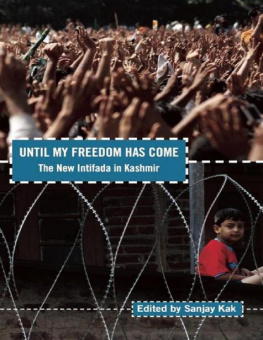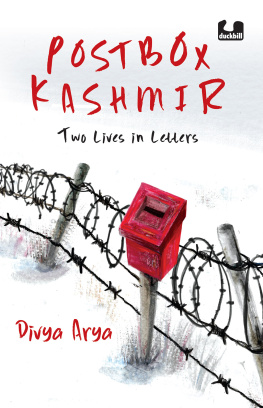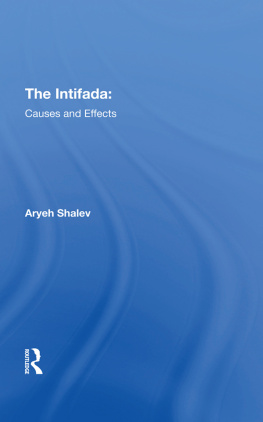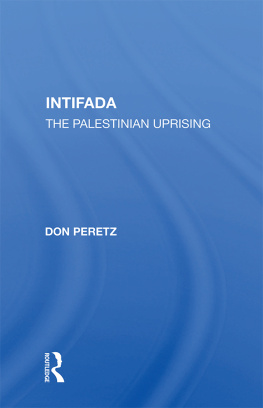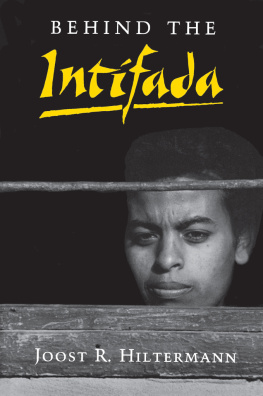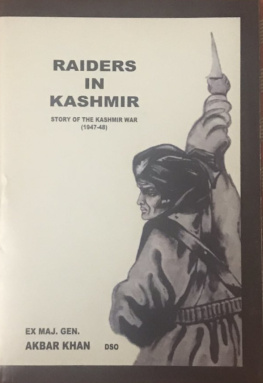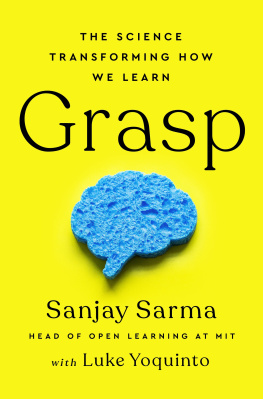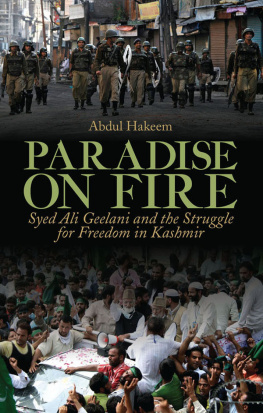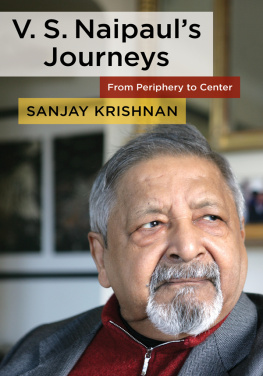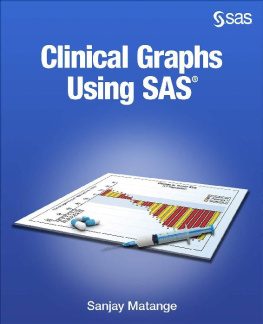ed. Sanjay Kak - Until My Freedom Has Come: The New Intifada in Kashmir
Here you can read online ed. Sanjay Kak - Until My Freedom Has Come: The New Intifada in Kashmir full text of the book (entire story) in english for free. Download pdf and epub, get meaning, cover and reviews about this ebook. year: 2017, publisher: Haymarket Books, genre: Politics. Description of the work, (preface) as well as reviews are available. Best literature library LitArk.com created for fans of good reading and offers a wide selection of genres:
Romance novel
Science fiction
Adventure
Detective
Science
History
Home and family
Prose
Art
Politics
Computer
Non-fiction
Religion
Business
Children
Humor
Choose a favorite category and find really read worthwhile books. Enjoy immersion in the world of imagination, feel the emotions of the characters or learn something new for yourself, make an fascinating discovery.
- Book:Until My Freedom Has Come: The New Intifada in Kashmir
- Author:
- Publisher:Haymarket Books
- Genre:
- Year:2017
- Rating:5 / 5
- Favourites:Add to favourites
- Your mark:
- 100
- 1
- 2
- 3
- 4
- 5
Until My Freedom Has Come: The New Intifada in Kashmir: summary, description and annotation
We offer to read an annotation, description, summary or preface (depends on what the author of the book "Until My Freedom Has Come: The New Intifada in Kashmir" wrote himself). If you haven't found the necessary information about the book — write in the comments, we will try to find it.
Until My Freedom Has Come: The New Intifada in Kashmir — read online for free the complete book (whole text) full work
Below is the text of the book, divided by pages. System saving the place of the last page read, allows you to conveniently read the book "Until My Freedom Has Come: The New Intifada in Kashmir" online for free, without having to search again every time where you left off. Put a bookmark, and you can go to the page where you finished reading at any time.
Font size:
Interval:
Bookmark:


2013 by Sanjay Kak
First published in 2011 by Penguin Books India.
This edition published in 2013 by Haymarket Books.
Published by:
Haymarket Books
P.O. Box 180165
Chicago, IL 60618
773-583-7884
www.haymarketbooks.org
Anthology and introduction Sanjay Kak 2013. The copyright for individual pieces vests with the respective authors. Kashmir Rapper Uses Rhymes to Protest Indian Rule, Kashmirs Anonymous Graves Summon Darkest Days, and The Wounds of Kashmirs Never-ending War Associated Press 2011; The Islamism Bogey in Kashmir Bennett, Coleman & Co. Ltd 2011; How I Became a Stone-thrower for a Day HT Media Ltd 2011.
Cover photos:
Bottom: An Indian paramilitary solider stands guard outside a closed market during a shutdown in Srinagar, India, Friday, Jan. 6, 2012. A general strike against the killing of a student by paramilitary soldiers earlier that week during a demonstration over frequent power cuts had shut most of Indian-controlled Kashmir.
(AP Photo/Dar Yasin)
Top: Srinagar protest, August 18, 2008, by Javed Dar.
ISBN: 978-1-60846-261-2
Trade distribution:
In the U.S. through Consortium Book Sales and Distribution, www.cbsd.com
In the UK, Turnaround Publisher Services, www.turnaround-uk.com
In Canada, Publishers Group Canada, www.pgcbooks.ca
In Australia, Palgrave Macmillan, www.palgravemacmillan.com.au
All other countries, Publishers Group Worldwide, www.pgw.com
Special discounts are available for bulk purchases by organizations and institutions. Please contact Haymarket Books for more information at 773-583-7884 or
This book was published with the generous support of the Wallace Global Fund and Lannan Foundation.
Library of Congress CIP Data is available.
Contents
Summers of Unrest
Captive City
A Place of Blood and Memory
Tsaalun chu vuzmall ti tratay
Tsaalun chu mandanis gatakar
Tsaalun chu parbatas karun attey
Tsaalun chu manz athas hyon naar
Tsaalun chu paan kadun grattay
Tsaalun chu khyon ekvat zahar khar
We must bear the lightning and thunder
We must bear the darkness at noon
We must bear the mountain on our shoulders
We must bear the fire we place on our palms
We must bear our bodies milled to dust
We must bear to swallow the poison load together
Sheikh Nuruddin
Nund Rishi | Sheikh-ul-Alam | Alamdar-e-Kashmir
13771440
An Introduction
Away from the tumult of its streets, away from the heady slogans, from the explosive whoosh and clatter of tear-gas shells, and the deadly crackle of live ammunition, one moment returns from Kashmirs turbulent summer of 2010. It insinuates a place for itself, a whispered observation of oddly unsettling precision.
Mummy, mae-ae aav heartas fire. Mummy, the fire is at my heart.
These were the last words spoken by twenty-four-year-old Fancy Jan as she turned away from the first-floor window of her working-class home in downtown Srinagar that July morning. She was reaching for the curtain, her family said, to keep out the acrid teargas smoke floating in from the streets of her volatile Batmaloo neighbourhood. (The window lacked glass-panes; the room was still being built.) The fire she had drawn into the privacy of her home was a bullet, and she dropped dead soon after, a victim of a casual brutality, of a weapon fired carelessly by one of the hundreds of police and paramilitary soldiers on the streets outside.
Fancy Jan was one of a handful of women killed in the summer, in this most recent upsurge in Kashmirs tortuous history. The rest were young men in their twenties, but many were just teenagersboys, really. That grisly calendar had been quietly unveiled early in January 2010, when sixteen-year-old Inayat Ahmad was shot dead by paramilitary soldiers in the heart of Srinagar. On 31
January, a thirteen-year-old was killed when a tear-gas shell fired by the Jammu and Kashmir police hit Wamiq Farooq on the head. Less than a week later, as sixteen-year-old Zahid Farooq returned from an evenings cricket with his friends, he was shot dead by a passing Border Security Force patrol. His killing may have been provoked, we are told, because the boys had jeered at the passing vehicle of a senior officer.
The years since 1989, when the uprising against Indian rule first began, have been bloody for Kashmiris. The militancy, initially armed and supported by Pakistan, was quick to draw the full weight of the Indian sledgehammer. For Kashmiris, the insurgency, and the counter-insurgency that was unleashed to flatten it, ended up shredding the everyday fabric of life. The sheer force of Indias massive military commitment may appear to have overwhelmed the armed militancy, but twenty years of this presence has resulted in a deeply militarized society. With well over 6,00,000 army, police and paramilitary personnel already deployed in Kashmir, the numbers that go into holding down a rebellious population are clearly at saturation point. Today the Kashmir Valley has the highest concentration of soldiers in the worldmore than Afghanistan, Iraq or Burma. It is only in the last five years that the shape of this intervention has been dragged out of the guarded penumbra of Indian national interest.
Away from that shadowy protection, it now stands increasingly exposed as a clumsy attempt to overwhelm, with sheer force, that obstinate, often inchoate, but in the end, very political desire for Azadifreedom.
These decades of a silent, undeclared war have extracted an enormous price: seventy thousand Kashmiris have been killed since 1989, and eight thousand have gone missing. To this must be added the less visible costs of torture, rape, life-long physical incapacities and grievous economic, social, and psychological damage. The extent of this devastation will probably never be fully estimated, but its restive contours are beginning to stir under the blanket silence that has enveloped Kashmir for most of this recent past. The long-whispered murmurs about the existence of mass graves, for example, found confirmation only in 2009, when a civil society group patiently assembled a list of their locations.
(The International Peoples Tribunal on Human Rights and Justice in Kashmir has recorded nearly 3,000 such unknown and unrecorded graves.
Word of one such unmarked grave, in the faraway forests of Machil, in Kupwara, north Kashmir, arrived in the month of May 2010. It was news because it was still a fresh site: three unarmed civilians had been killed, shot in cold blood by soldiers of a Rashtriya Rifles unit, the specialized counter-insurgency force of the Indian Army. The bodies had been buried anonymously, and then announced as those of militants killed in an encounter. Such calculated venality is not unusual, except that it had become public in time, and news of it had reached the already volatile streets of Srinagar.
It was on the fringes of one of these protests that another lethally aimed police tear-gas canister took apart the skull of seventeen-year old Tufail Matoo,

as he walked home from his tuition class. This was already June. Tufails killing set off huge, emotionally surcharged demonstrations, unprecedented even by Kashmirs overwrought standards. A civilian killed inevitably led to other killings by the police and paramilitary soldiers. Sometimes there were several in a day. Then more protests, and more killing. In four months of this bloody oscillation 112 people had been shot dead on the streets of Kashmir.
Next pageFont size:
Interval:
Bookmark:
Similar books «Until My Freedom Has Come: The New Intifada in Kashmir»
Look at similar books to Until My Freedom Has Come: The New Intifada in Kashmir. We have selected literature similar in name and meaning in the hope of providing readers with more options to find new, interesting, not yet read works.
Discussion, reviews of the book Until My Freedom Has Come: The New Intifada in Kashmir and just readers' own opinions. Leave your comments, write what you think about the work, its meaning or the main characters. Specify what exactly you liked and what you didn't like, and why you think so.

